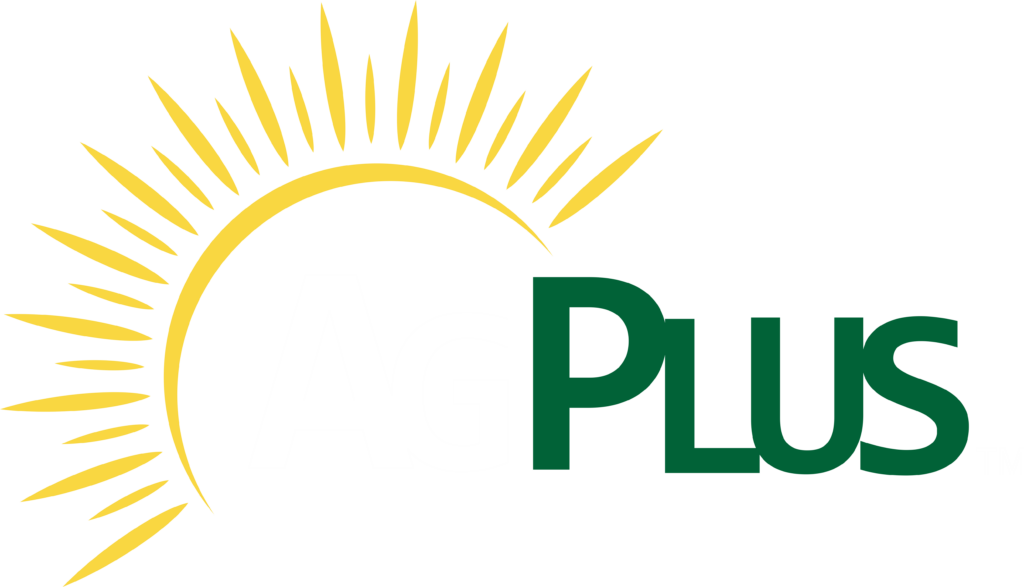Here’s When Fungicide Pays on Corn & Soybeans
It’s mid-July, and that means one thing for your corn and soybeans: timing is everything.
If you’re thinking about fungicide — and let’s be honest, most years you should be — this is your window. Let’s talk about what we’re seeing in the field, what you should be thinking about, and how to make sure that fungicide investment actually pays.
Corn: Don’t Miss the VT–R1 Window
Corn is now hitting VT (tassel emergence) and sliding into R1 (silking) across much of our geography — and this is your most critical timing for fungicide application. If you want protection to matter, you’ve got to hit this window.
Here’s why this timing matters — and how to tell if your corn actually needs a fungicide pass.
Disease Conditions Are Lining Up
Right now, we’re seeing humid canopy conditions, plenty of morning leaf wetness, and dense foliage — all of which create a perfect storm for disease.
In Southwest Minnesota, we’re most concerned about:
If you’re seeing lesions on the third leaf below the ear or higher, that’s a major red flag. The ear leaf is responsible for over 40% of your plant’s photosynthesis during grain fill — protect it.
Do You Actually Need a Corn Fungicide?
Here’s how to know if your corn is a candidate:
If you’re pushing high fertility, this is the time to protect that investment. Many of our growers see 7–15 bu/ac yield bumps when the timing is right and disease pressure is present.
Ag Plus Tip: Focus first on your most at-risk fields. If you’re unsure, we’ll walk it with you and make an honest call.
Soybeans: Close, But Not Quite There Yet
Most soybeans we’re walking are at R1 or just shy of it. That means we’re probably about a week away from ideal fungicide timing.
R3 (beginning pod) is the sweet spot for fungicide on soybeans. That’s when we’ve consistently seen ROI.
Why R3 Is the Moneymaker Stage
Do You Actually Need a Soybean Fungicide?
Ask yourself:
If the answer is yes to two or more, spraying R3 soybeans is a smart move.
We’ll help you time it right — and make sure it’s worth the trip.
Aerial Application Tank Mix Tips
Most growers across Southwest Minnesota are turning to aerial application to cover acres quickly and efficiently — especially with tight spray windows and unpredictable weather. Whether it’s corn or soybeans, a timely aerial fungicide pass can offer serious yield protection if it’s done right.
We've formulated aerial tank mixes that are perfect for a basic application looking to give your crop a boost, all the way up to our premium fungicide options that include Miravis® Neo, insecticides and nutritionals that will feed your crop and protect it at the same time.
Spray Now, Pay Later: Deferred Payment on Miravis® Neo Tank Mixes
Planning to run Miravis® Neo in your tank mix this year? We’ve got a financing option that makes that decision even smarter: Spray your acres now, and defer payment until December 20.
That means you can protect your yield when it matters most — at the R3 stage for soybeans or VT–R1 for corn — without tying up your cash flow during the growing season.
Why Growers Are Choosing This Offer:
Skipping a fungicide app could leave money on the table. With this deferred payment offer, you don’t have to make a “wallet-based” decision — just the right agronomic one.
Let us help you protect yield now — fill out the form or contact your agronomist to get started.
ABOUT
Corporate Office
1100 East Main Street
Marshall, MN 56258
(507) 532-9686
subscribe for Ag Plus updates

© Copyright Ag Plus Cooperative | Privacy Policy